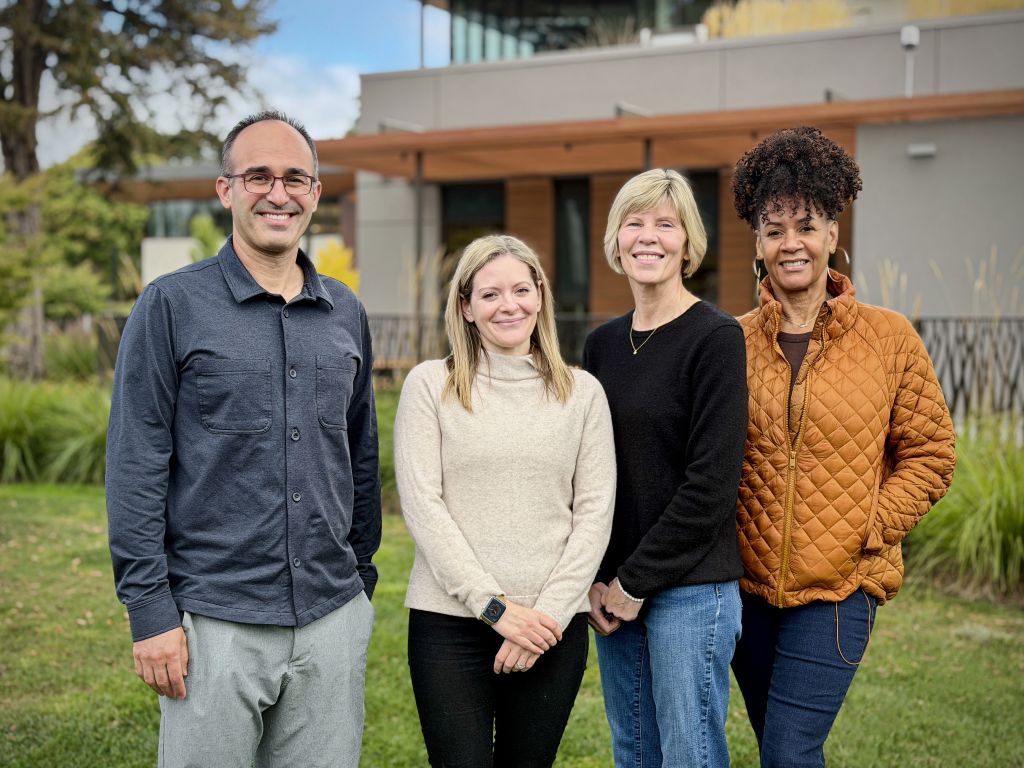Belmont
Homeview/Sterling Downs
Homeview is the most affordable neighborhood in Belmont
Belmont’s “first” neighborhood has undergone almost a complete sea change since the days of “Angelo’s Corners,” the general store/roadhouse founded by Charles Aubrey Angelo at the corner of Ralston Avenue and the Old County Road in 1850. Most of original Homeview (bordered by Redwood Shores, San Carlos, El Camino Real, and Steinberger Slough and actually containing two neighborhoods, Homeview and Sterling Downs) is long gone, replaced by small neighborhoods of neat, post-war single-family cottages, light industry, and warehouses and, at its northeast corner, the Belmont Sports Complex.
Homeview’s residential real estate is located in two neighborhoods on either side of Ralston Avenue, Sterling Downs (north of Ralston) and Homeview (south of Ralston). The neighborhoods are similar – entry-level properties with two and three bedrooms on smaller (4,000-5,000 square feet) lots, boasting proximity to both Highway 101 and the Belmont Caltrain station. Homeview (south of Ralston) is comprised of six cul-de-sac streets abutting the warehouses of Old County Road, while Sterling Downs’ layout is less gridded.
Homeview’s two neighborhoods are well maintained and include a few mid-rise apartment buildings. They’re at the entry-level of Belmont’s real estate market, with some single-family residences still available for a little over $1.38 million. For the past few years, however, Homeview listings have been selling for significantly more than their asking prices, reflecting a Bay Area-wide demand for entry-level real estate. It is not unusual, in 2021, for Homeview properties to close escrow for totals nearing $1.86 million. For the first few months of the year, the neighborhood’s median home value was $1.59 million.
Homeview residents are likely to be younger (neighborhood median age: 35.2 versus 38.8 citywide) and unmarried (43.1 percent versus 53.6 percent citywide) than other Belmont residents. 22 percent of neighborhood residents have children, a figure slightly higher than that of the city as a whole (21.7 percent). The local K-6 public school is Nesbit Elementary, which scores a seven out of 10 on Greatschools.net and notched an API score of 845 for the 2011-2012 school year. Students then move on to Ralston Middle School and Carlmont High School.
Homeview (and Sterling Downs), like parts of neighboring Carlmont, is the least “Belmont” of Belmont’s neighborhoods. Its streets do not wind lazily up and down hillsides, its homes were not built during Belmont’s growth boom of the 1960s, 70s and 80s and it doesn’t offer sweeping views of canyons and/or San Francisco Bay. What it does offer, though, is accessibility – both to commute options and to home ownership for entry-level buyers.
-
692
Homes
-
$1.98M
Median Sale Price
-
$2.07M
Average Sale Price
Pricing data based on single-family homes
On this page
Homeview/Sterling Downs
Stats & Trends
Home Data
Per tax records
2 Bedrooms
46
homes
3 Bedrooms
554
homes
4 Bedrooms
73
homes
5+ Bedrooms
19
homes
Condos/Townhomes
48
homes
Duplex
69
homes
2022 Price Data
Number of Sales
11
sales
Percent List Price Received
113.3%
Median Sales Price
$1.98M
Average Sales Price
$2.07M
Lowest Sales Price
$1.71M
Highest Sales Price
$2.6M
Homeview/Sterling Downs on the Map
Schools & History
History
Homeview is where Belmont’s history begins. Within its borders is the original site of “Angelo’s Corners,” where Charles Angelo built his general store/inn/ way station for travelers between San Francisco and San Jose. Angelo’s business operated under several names during Belmont’s early years – “Flashner’s Corners,” the “Pulgas Ranch Hotel” and the “Bull’s Head.”
Belmont (and Homeview) developed slowly, despite the best efforts of S.M. Mezes, the attorney hired to determine the fate of Don Luis Antonio Arguello’s 35,000-acre Spanish land grant, Rancho de las Pulgas. Arguello, at one time the acting Mexican governor of California, died in 1830. He left the ranch to his widow, Marie but squatters soon overran the land, clouding its ownership. Mezes saved the ranch for Marie, then took 15 percent of its land as his fee. Mezes platted Redwood City on his land in 1851 (and tried to name it “Mezesville”) but lived in Belmont and was an early booster for the barely populated town.
It wasn’t until the early 1900s that Homeview was first subdivided for residential development. 60 acres of Newhall Hill, named for either Henry or William Newhall (prominent landowners in Hillsborough and San Mateo), was broken up in 1908. The plat was divided into building lots in 1923 and called the “Jewell Tract.”
Optimism reigned, producing, among other things, a dog racing track located just east of the railroad tracks and a haphazard collection of shacks at the edge of Steinberger Slough, where early Belmonters learned to swim.
Hopes for quick growth collapsed, however, with the onset of the Great Depression. Interviewed for “Heritage of Wooded Hills,” an oral history of Belmont, one resident remembers “hobo camps” at the corner of Old County Road and Harbor Boulevard, along with sheep grazing on “Belmont Mountain,” a small rise near what is now Quarry Road, and colorful gardens along Furlong Street. Sadly, with the onset of World War II, the gardens’ Japanese owners were sent to internment camps. During the war, a U.S. Army camp sat where Nesbit Elementary School now stands.
Homeview’s growth as a residential neighborhood took shape after the war. Gardens, military housing, roadside general stores and scattered farms gave way to orderly tract housing. Shantytown was removed, its site eventually becoming part of Redwood Shores. Homeview became Belmont’s affordable neighborhood, which it remains today.

Contact Raziel to find the right property for you.
With a team of experts guiding you every step of the way, our extensive knowledge and experience will ensure you have the best home buying experience possible.




